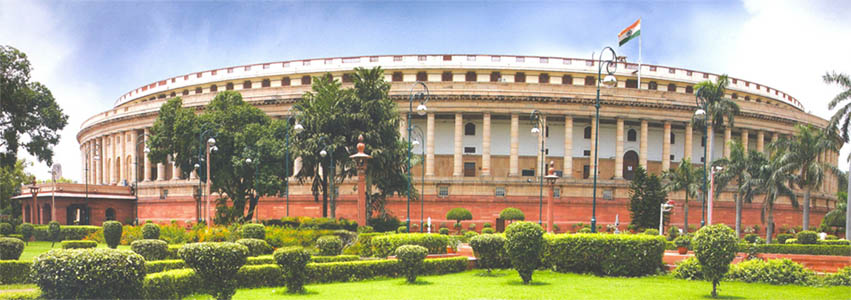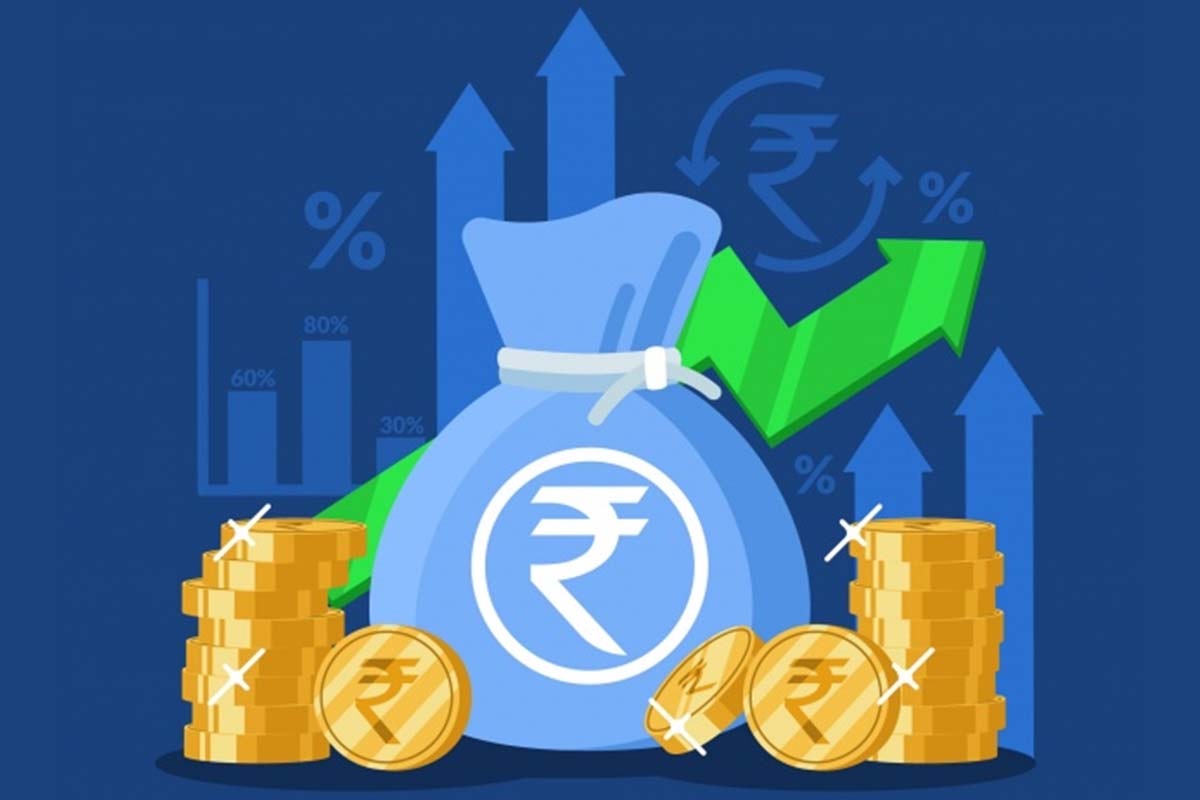p.p1 {margin: 0.0px 0.0px 10.0px 0.0px; text-align: center; font: 14.0px ‘Trebuchet MS’; -webkit-text-stroke: #000000}
p.p2 {margin: 0.0px 0.0px 10.0px 0.0px; text-align: justify; font: 12.0px ‘Trebuchet MS’; -webkit-text-stroke: #000000}
p.p3 {margin: 0.0px 0.0px 10.0px 0.0px; font: 12.0px ‘Trebuchet MS’; -webkit-text-stroke: #000000}
p.p4 {margin: 0.0px 0.0px 12.0px 0.0px; text-align: justify; font: 12.0px ‘Trebuchet MS’; -webkit-text-stroke: #000000}
p.p5 {margin: 0.0px 0.0px 0.0px 0.0px; text-align: justify; font: 12.0px ‘Trebuchet MS’; -webkit-text-stroke: #000000}
span.s1 {font-kerning: none}
span.s2 {font: 8.0px ‘Trebuchet MS’; font-kerning: none}
span.s3 {text-decoration: underline ; font-kerning: none}
S.V.Narayanan
Women’s day celebration every year signifies the struggle, which women have undergone to claim their rightful place in our society. Even though we have made substantial gain towards an equal society, still we have a long way of struggle in attaining this. This celebration opens up the space for critical engagement in deliberating the patriarchal hurdles in making gender equality a reality. This assumes more significant in contemporary times as Neo-liberal capitalism and conservative right-wing forces emerging as a significant impediment in attaining any form of gender equality. The inequality of the sexes has been apparent in our society for a very long period creating a hierarchical relationship, which still has a perceptible impact in the socio-economic domains. Gerda Lerner, eminent gender historian, in her magnum opus “The Creation of Patriarchy” said that men and women differ biologically, but due to interactions and outcomes in cultural sphere, patriarchal values and implications emerge and impact upon their lives. Gender based discriminations are unique from other forms of discrimination as the basis for prejudice against women are not visible and transparent as they happen in the private sphere of family. Even in public sphere, exclusion of women was shielded quoting their so called “natural disabilities”, such as inferior reasoning, enslavement to passions, biological disadvantages etc. Lerner further emphasized that during 19th century, after the development of science and technology, based on rationality, the religious arguments weakened and ‘scientific’ arguments were developed to prove women’s inferiority and male supremacy. Darwinian theories strengthened the belief system that species survival was more central than the individual self-fulfilment. Scientific defence of patriarchy was propagated, assigning women maternal role, excluding them from economic and educational opportunities, that best suited for species survival. Menstruation, menopause and pregnancy were considered as diseases or abnormality, which made women inferior.
Such belief system was more prevalent even in advanced societies, which severely restricted women in the public sphere for long period. The Oxford University, which was started around the year 1096, began admitting women only at the end of 19th century, and they started giving degree to them only in the year 1920 after 824 years of its inception. Cambridge, which was started in the year 1209, started giving degree to women only from the year 1948 after 739 years of its inception. Such beliefs give a freehold for men to control the sexuality of women, which signifies her identity and behaviour, encompassing social, economic, political, spiritual, religious etc aspects, to maintain the dominance and oppression. These domination and discriminations are not paradigmatic, as it varies in its texture accordingly in different societies. In our Indian society, these patriarchal values in the form of endogamy have been the functional component of caste system, which survived for thousands of years oppressing majority of women.
Endogamy, Caste and Patriarchy
Patriarchal caste system in India, which survives for a long time, has endogamy as its functional component in maintaining its hierarchical exclusiveness by controlling the sexuality of women. According to V.Geetha, feminist thinker, control and regulation of female reproductive power has been vital to the patriarchal authority. It is clearly manifested in the norms and rules regarding marriage and sexual behaviour. Under the stratified caste system, every caste tries to control and protect the sexuality of its women. The main kingpin for protecting the purity of caste system lies in the control of women’s sexuality, as they were considered as access point to caste system. Thus for protecting the ‘purity’ of women’s sexuality, they were policed and controlled. Anthropologist Nur Yalman’s essay On the Purity of Women in the Castes of Ceylon and Malabar elucidates how by controlling women’s sexuality, the caste system protects land (not getting transferred to other castes), women, and ritual purity. According to Sharmila Rege, the gendered caste power gives the “upper”-caste men the sexual access to “lower”-caste women as their caste/class privilege.
Without reading Ambedkar, our understanding of caste system and its mechanism for survival will be incomplete. His seminal paper ” Castes in India: Their Mechanism, Genesis and Development”, presented in 1916 at an Anthropological Seminar at Columbia University is still a valuable source to understand contemporary caste system in India. Endogamy being a peculiar characteristic of caste system creates separate hierarchical units within population with strict rules against any inter-mixing to maintain its purity. To overcome the problem of surplus women or men, it evolved its own mechanism of Widowhood and Sati (Burning women in funeral pyre) for women and Ascetic (sanyasi) and Child Marriage as solution for men. Child marriage was encouraged than Asceticism to keep the male member as a productive force of the community. These practices first evolved in Brahmin community to maintain its purity, later followed by other communities in India. This will stop men or women marrying outside to protect the institution of endogamy and its associated political economic benefits.
But, child marriages will create a gender imbalance, when girl children are married to widower within the community. To tackle this situation, the caste system flexed its muscles by accepting Anuloma (Hypergamy), where boy from upper caste is allowed to marry a girl from lower caste. Since, Anuloma does not disturb the patriliny (tracing descent through upper caste father’s line) it was accepted to tackle gender imbalance. But, at the same time Pratiloma (Hypogamy), where a girl from upper caste marrying lower caste boy was not accepted as it disturbs the patriliny. This patriarchal character of the caste system is still relevant as we see increase in honour killings where most of the victims practiced Pratiloma, which will reduce the strength of caste as the child descent will be traced from lower caste father. Further Virilocality (Women staying in husband’s home after marriage) was emphasized to cut-off any support from women’s household and to make her completely dependent on her husband.
Endogamy and Honour Killing in Contemporary Times
Anuloma or Hypergamy form of marriages are to a large extent accepted in our society as it doesn’t disturb the patriarchal nature of caste system, but Pratiloma or Hypogamy form of marriages are resisted to an large extent, where the couples will be separated or even killed in the name of honour of family, as it disturbs the patriarchy. The gender acculturation process, from the beginning controls the sexuality of women with various norms and rules i.e. dressing of women, control over her mobility, jewellery and ornaments to look beautiful in front of her man, humbleness and other norms to make her docile and not violate the patriarchal caste system and its endogamy. Whenever, such violations happen the reactions are sharp enough to stop others from following such a path.
Between 2014 and 2016, more than 288 cases of honour killings were recorded in India by National Crime Record Bureau (NCRB). The reported number is very nominal, as maximum number of cases goes unreported due to various factors. Separate category of honour killing was introduced by NCRB only in 2014 after a sustained campaign by women’s group to highlight and stop this patriarchal practice. In spite of National Law Commission Report recommending a separate law, to stop honour killing, in 2012, the government has failed to enact a separate law, till now to curb this practice. The number of honour killing seems very meagre as the inter-caste or inter-religious marriages in India are very small in numbers. Even within these inter-caste marriages Anuloma or Hypergamy form of marriages doesn’t invite hurdles as the Pratiloma or Hypogamy marriages.
According to National Family Health Survey (2005-06), only 10 percent of the total marriages in India are inter-caste and out of which only 4.97 percent are Pratiloma marriages where upper caste women marry lower caste men. In spite of its socio-economic and educational development, the southern India has only 9.71 percent of inter-caste marriages, with the exception of Kerala, and it is highest in western region with 17 percent. The inter-caste marriages are higher in Punjab (22.36%), Meghalaya (25%), Goa (26.67%) and Kerala (21.35%). The states, where the inter-caste marriages are lower are Jammu and Kashmir (1.67%), Rajasthan (2.36%), Tamil Nadu (2.59%), Chhattisgarh (3.38%), Madhya Pradesh (3.57%), and Bihar (4.60%). The results show that education doesn’t influence much as more educated look for girls within their community to get the benefits of dowry and acceptance within the community. Further the survey shows that only 2.1 percent of marriages are inter-religious, where the northern region accounts for 2.2%, Central 1.2%, East 1.3%, North-east 3.2%, West 3.4% and Southern region 3.2%.
Indian Human Development Survey (IHDS) jointly by University of Maryland and the National Council of Applied Economic Research (NCAER) in 2011-12 shows that only 5.4% of women married inter-caste. A recent study by Diane Coffey, Payal Hathi, Nidhi Khurana, Amit Thorat(2018) shows that there exist an explicit prejudice against women and Dalits in Delhi, Mumbai, Uttar Pradesh, and Rajasthan, where 60% of non-Dalits in rural Rajasthan and 40% in Delhi wants law against inter-caste marriages to protect their caste purity.
The above data shows how women’s sexuality is being controlled by the patriarchal caste system in the form of endogamy, honour killing and other forms of caste prejudices. The present economic crisis, unemployment and other problems will further strengthen these social cleavages by creating artificial enemies in lower castes and minority religious groups. Without breaking the citadel of caste endogamy in reality, women’s liberation will be a mirage. The women’s Day should be an occasion to not only to celebrate our achievements in the social, political and economic fields, but to also critically engage with such conservative social ideas and smash caste endogamy in our marriage practices for the true liberation of women and our human society.
The author teaches at Andaman Law College, Port Blair.



